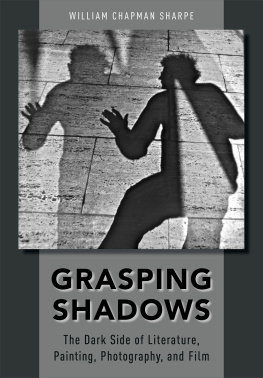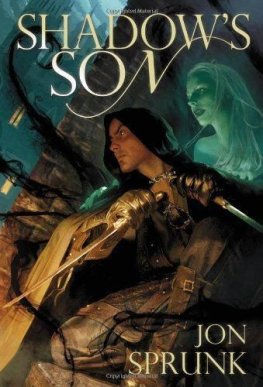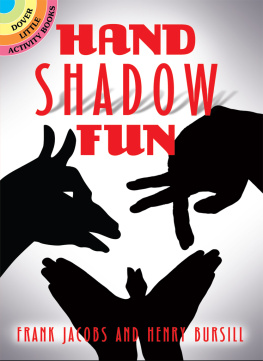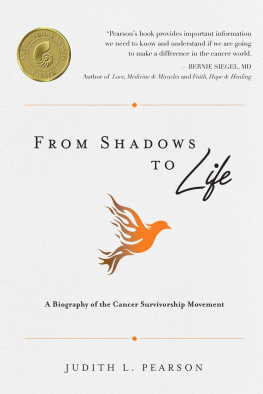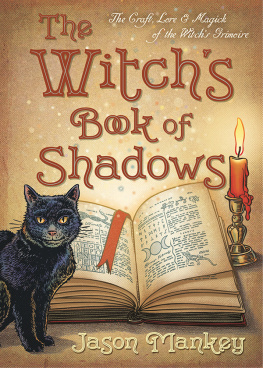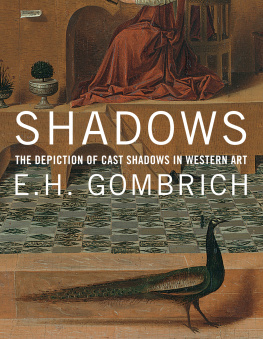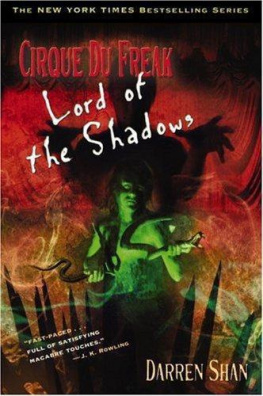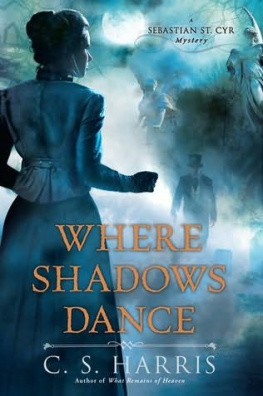Oxford University Press is a department of the University of Oxford. It furthers the Universitys objective of excellence in research, scholarship, and education by publishing worldwide. Oxford is a registered trade mark of Oxford University Press in the UK and certain other countries.
Published in the United States of America by Oxford University Press 198 Madison Avenue, New York, NY 10016, United States of America.
All rights reserved. No part of this publication may be reproduced, stored in a retrieval system, or transmitted, in any form or by any means, without the prior permission in writing of Oxford University Press, or as expressly permitted by law, by license, or under terms agreed with the appropriate reproduction rights organization. Inquiries concerning reproduction outside the scope of the above should be sent to the Rights Department, Oxford University Press, at the address above.
You must not circulate this work in any other form and you must impose this same condition on any acquirer.
CIP data is on file at the Library of Congress.
2010. Reprinted by Permission of the University of Pittsburgh Press.
Excerpt from The Hollow Men from COLLECTED POEMS 19091962 by T. S. Eliot. Copyright 1936 by Houghton Mifflin Harcourt Publishing Company.
Copyright renewed 1964 by Thomas Stearns Eliot. Reprinted by permission of Houghton Mifflin Harcourt Publishing Company. All rights reserved
Summer from THE DOUBLE DREAM OF SPRING by John Ashbery.
Copyright 1966, 1967, 1968, 1969, 1970, 1986 by John Ashbery. Reprinted by permission of Georges Borchardt, Inc., on behalf of the author. All rights reserved.
Dear shadows, now you know it all.
IF MY GRIP ON SHADOWS has become more secure in the course of writing this book, its thanks to the help of many students, colleagues, and friends. Its a pleasure to thank them here.
On the production side, Sarah Pirovitz and the staff at Oxford University Press smoothed the translation of this project from pixels to print. My ever-efficient assistant Nick Morgan provided invaluable help obtaining images and permissions.
In the ideas and expression department:
First and foremost I would like to salute the students in my seminar BC3140, The Shadow Knows. This author would know far less without their invaluable energy and insight. My gratitude to the 2011 class: Elizabeth Ayme, Anne-Louise Brittain, Harriet Dodd, Amanda Evans, Aileen Farren, Francesca Gottardo, Linden Hill, Virginia Hiner, Connor Lightcap, Claire Mathieson, Mansi Mehta, Elissa Parent, Ramya Rangamannar, Sudha Rao, Alexa Schoenfeld, Abbey Schuessler, Jessica Schwartz, Elizabeth Scott, Viana Siniscalchi, Sarah Sommer, Claire Stern, Benita Trenk, Carla Vass, Miriam Weinberg, and Eva Wildes.
And the 2012 class: Jade Bonacolta, Chelsea Cozen, Angelica Cusma, Rebecca Fattell, Erin Fortgang, Neharah Gill, Serena Hong, Shelby Maniccia, Kassidy Meck, Nataliya Nesterova, Olivia Peluso, Richard Ramos, Hillary Rieger, Hana Rosenbaum, Sarah Silverstein, Margot Sturc, Mary Tajiri, Caroline Thirkill, Jessica Wayne, and John Zeuner. Two other students, my advisees Marisa Gorovitz and Kristina Budelis, shared ideas and discoveries as they generously helped with the research.
I am deeply grateful to Roberto Casati, one of the preeminent shadow-scholars of our time. He lectured to my seminar and shared with me his profound shadow lore, including some of his unpublished work. I particularly thank him for improving my manuscript with countless suggestions large and small, and for inviting me to participate in a conference on The Message in the Shadow at Schloss Dagstuhl, Germany, in 2015. I would also like to thank his co-organizers Paolo Santos and Patrick Cavanagh, and all the conference participants for a most instructive week in shadowland. In France, I thank Ren Alladaye and his colleagues at the University of Toulouse for including me in their conference on Les Plaisirs de lOmbre and for subsequent publication of my work in the journal Miranda.
I owe a special debt to the late Nancy Forgione, whom I never met. She thanked me, the anonymous reader for Art Bulletin, in the notes to her fascinating article on silhouettes, and now I belatedly return the favor, with a great sense of loss.
Barnard College helped me start, pursue, and complete this project with a Senior Faculty Research Leave, a mini-grant to fund my travel to European museums, and another grant to help with the manuscript preparation. Friends and colleagues in the Barnard College English Department helped me in finding, in the Miltonic phrase, dark materials to work with. Especially useful leads came from Achsah Guibbory, Chris Baswell, Mary Gordon, Mary Cregan, Sean Singer, Frances Richard, and Emily Sun. In the art history department Keith Moxey and Alexander Alberro kindly read a prcis of the project.
Two fellow scholars of artliterature relationships, Michele Hannoosh and James Heffernan, graciously supported this project in its early phases. Two friends in New York, David Lipshultz and Zoraida Morrison, provided vital intellectual and culinary sustenance.
A warm merci! to Marie Chantal Delbecque and Robert Pirou, in whose house in La Bruguire, France, the manuscript was drafted, and to fellow villagers Thierry and Aime Niau and Adeline Lacordaire, who provided hospitality and encouragement as I fought my way travers les ombres. Madeleine and Daniel Mutel proved that dusty home renovations do not dim the spark of intellect and hospitality. And a toast of Belgian beer to Kries Versluys, career-long colleague in urban exploration, who introduced me to the Ghent Altarpiece. Elisabeth Bronfen, my partner in the dark arts, engagingly un-enlightened me during our lunches in Central Park.
Nathalie Cochoy read an early draft and supplied astute advice and great food in equal measure; I could have no better colleague on any continent. Victoria Olsen lent valuable assistance as I tried to work out my conceptual framework. Ephraim Rubenstein has taught me more about real and painted shadows than I can express, and came to my seminar to share his knowledge with students and teacher alike. Equally generously, he invited me to speak about shadows at the Art Students League in New York, where my first shadows were drawn under his expert guidance.
Far beyond the call of friendship, Peter Platt tenaciously shadowed this text from first to last, listening patiently to my theories during our runs in Riverside Park, and then running through them a second time reshadowed in manuscript form. Without his help I could not have crossed the finish line.
Finally, Heather Henderson and William, Alexander, and Patrick Sharpe kept an eye out for shadows and put up with my frequent disappearances into the darkness. And now, like Meriadoc the Hobbit returning from the shadow-land of Mordor, I have to warn them: Well, Im back.
Grasping Shadows

